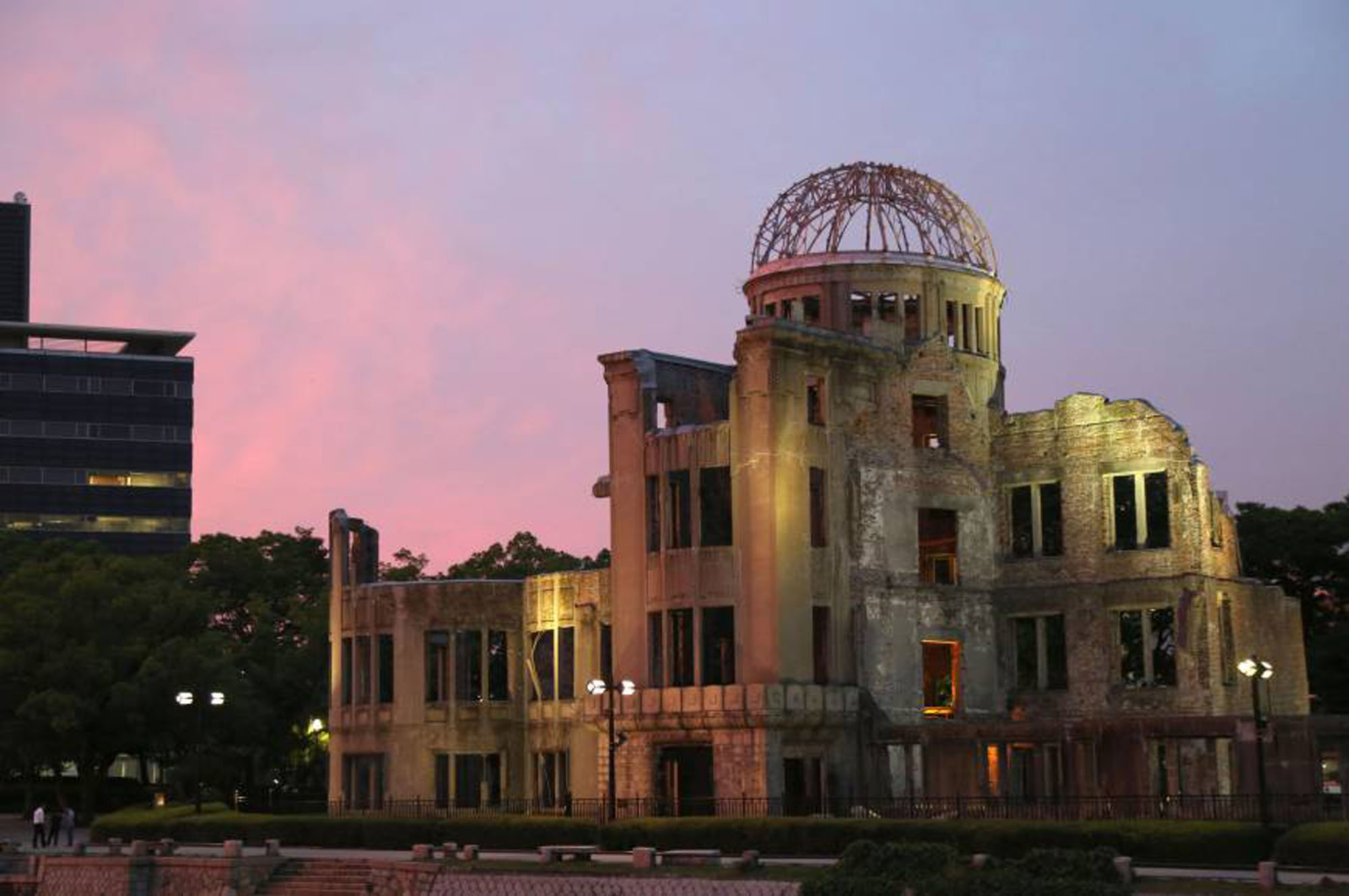The route for the Tokyo 2020 Olympic torch relay has been revealed and it will pass numerous cultural and World Heritage Sites, as well as landmarks from recent natural disasters, after it kicks off in March next year.
With the Tokyo Games employing a theme of reconstruction and renewal in the aftermath of recent natural disasters, various sites related to the March 11, 2011, Great East Japan Earthquake and tsunami, including Iwate Prefecture's "Miracle Pine" monument, will be included in the route, it was learned Friday.
The Miracle Pine is a monument to a 27.7-meter-tall tree that withstood the 2011 tsunami when the rest of the 70,000-tree forest that surrounded it was destroyed. Although the tree has since died, it has been restored artificially and remains a symbol of hope for the region.
The torch is also scheduled to visit Kumamoto Castle in Kumamoto Prefecture. The castle was heavily damaged in a series of strong earthquakes in 2016 that wreaked havoc on Kyushu.
The Atomic Bomb Dome in Hiroshima Peace Memorial Park is among the World Heritage sites to be included, while cultural heritage sites on the intended route will include the Grand Shrines of Ise in Mie Prefecture.
The torch relay will depart March 26 from the J-Village, in Fukushima Prefecture. The national soccer training center, used as a base of operations for cleanup in the wake of the 2011 nuclear disaster, has recently reopened as a sports facility.
The 121-day relay will conclude on July 24, when the Olympic flame is carried into Tokyo's new National Stadium during the opening ceremony.




